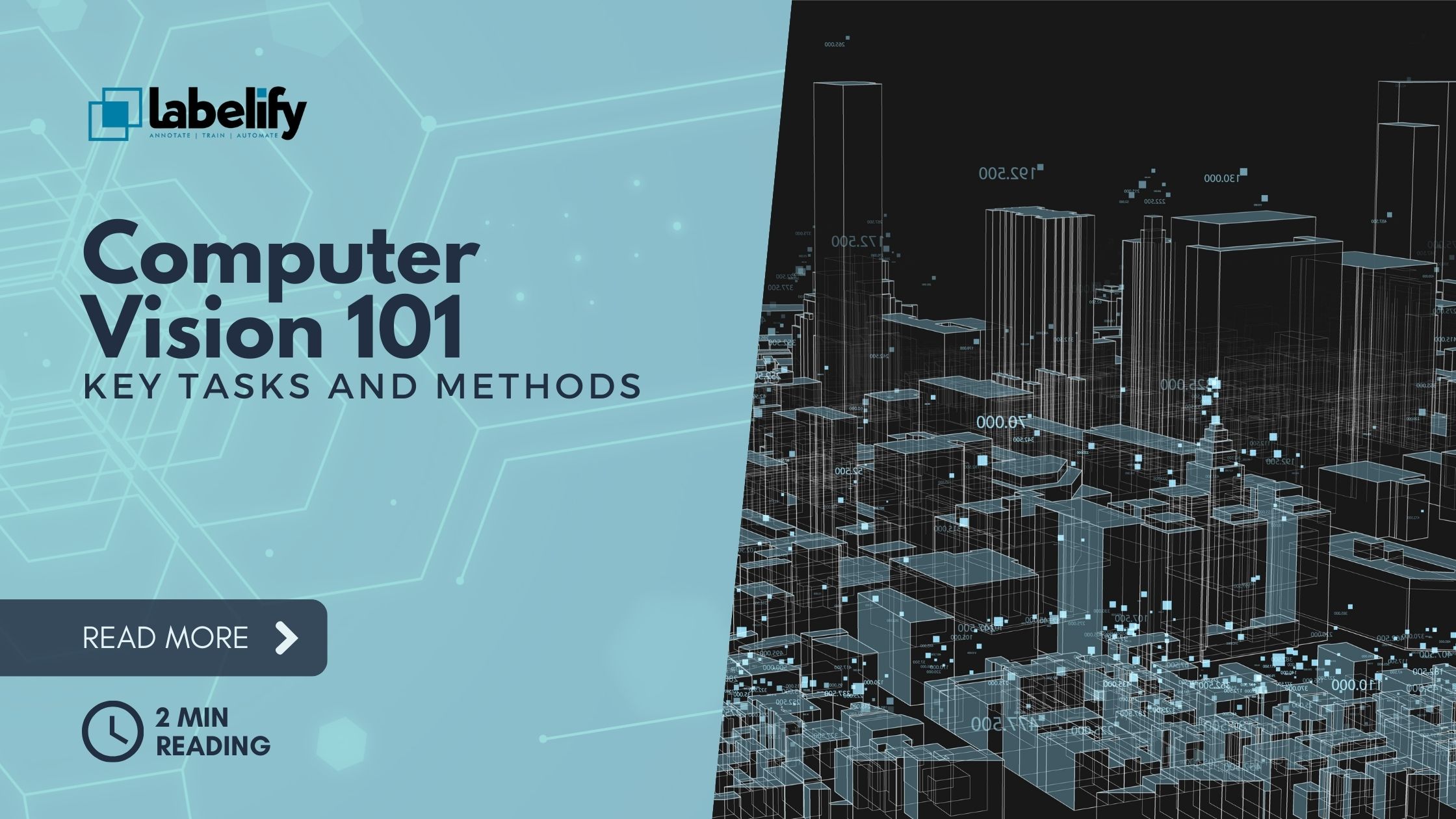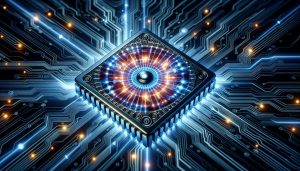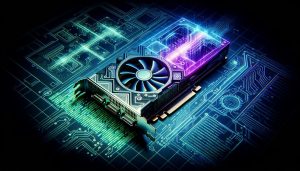Computer Vision, a rapidly expanding subfield of Deep Learning and Artificial Intelligence, enables computers to comprehend and interpret visual data. Overcoming the limitations of human perception and acknowledging the dynamic nature of our surroundings, this field poses a complex challenge.
With roots in early experiments on the visual cortex of cats, computer vision has evolved with advancements in image capturing and processing algorithms. Remarkable accuracies have been achieved, contributing to applications like self-driving cars, medical imaging, and intelligent video analytics.
In this article, we provide a comprehensive overview of the basic tasks and techniques involved in computer vision.
Key Takeaways
- Computer Vision is a subfield of Deep Learning and Artificial Intelligence that involves teaching computers to see and interpret the world.
- Computer vision has achieved significant milestones through advancements in image capturing and processing algorithms.
- Image Processing is a subset of Computer Vision that enhances and understands images through various algorithms.
- Common computer vision tasks include image classification, object detection, image segmentation, face and person recognition, and edge detection.
Evolution of Computer Vision
The evolution of computer vision can be traced back to the advancements in image capturing and processing algorithms. The history of computer vision is filled with pioneers who paved the way for this revolutionary field.
One such pioneer is David Marr, whose research on the visual cortex of cats laid the foundation for analog computer vision in the 1950s.
Another notable figure is Larry Roberts, who developed the first robust Optical Character Recognition system in 1974. These early breakthroughs set the stage for further advancements in computer vision techniques and algorithms.
Over the years, computer vision has achieved remarkable accuracies in tasks like object identification, facial recognition, and image classification. The relentless pursuit of innovation in computer vision has liberated us from the constraints of limited human perception, empowering machines to see and interpret the world in ways we never thought possible.
Techniques and Algorithms in Computer Vision
Techniques and algorithms in computer vision have revolutionized the field, allowing machines to process and interpret visual information with unprecedented accuracy and efficiency. One of the most significant advancements in this domain is image recognition, which involves teaching computers to identify and classify objects within images.
Deep learning models, such as Convolutional Neural Networks (CNNs), have played a crucial role in achieving remarkable results in image recognition tasks. These models have the ability to learn hierarchical representations of images, enabling them to capture intricate patterns and features that are essential for accurate classification.
Common Computer Vision Tasks
Computer vision encompasses a range of common tasks that involve the interpretation and analysis of visual information. These tasks play a crucial role in enabling machines to understand and interact with the world around them.
Here are three key tasks in computer vision:
- Image recognition: This task involves training machines to identify and classify objects or patterns in images. Through deep learning algorithms, machines can recognize and label objects with high accuracy.
- Object localization: Object localization goes beyond recognizing objects; it involves determining their precise location within an image. By using bounding boxes or pixel-level segmentation, machines can accurately identify and locate objects of interest.
- Image segmentation: Image segmentation divides an image into meaningful regions or sub-objects. This task enables machines to understand the different parts of an image and analyze them separately.
With advancements in deep learning and computer vision algorithms, these tasks are becoming more sophisticated, enabling machines to perceive and interpret visual information with increasing accuracy and precision.
Specific Computer Vision Tasks
Specific computer vision tasks encompass a range of applications that involve the analysis and interpretation of visual data.
These tasks include face recognition and object localization, which are crucial for various fields such as surveillance, security, and human-computer interaction.
Face recognition algorithms identify and verify individuals based on their facial features, enabling applications like access control systems and personalized user experiences.
Object localization algorithms, on the other hand, detect and locate specific objects within an image or video, allowing for tasks like object tracking and augmented reality.
Both face recognition and object localization heavily rely on deep learning techniques, leveraging neural networks to extract meaningful features and make accurate predictions.
These tasks are revolutionizing the way we interact with technology and advancing the capabilities of computer vision systems.
Applications of Computer Vision
The applications of computer vision encompass a wide range of industries and sectors, revolutionizing fields such as self-driving cars, augmented reality, medical imaging, and intelligent video analytics.
Computer vision in healthcare has the potential to transform the way diseases are diagnosed and treated. By analyzing medical images, computer vision algorithms can assist doctors in detecting abnormalities and making accurate diagnoses.
Additionally, computer vision in agriculture can optimize farming practices by monitoring crop health, detecting diseases, and predicting yield. This technology enables farmers to make data-driven decisions, increase productivity, and reduce waste.
Furthermore, computer vision in retail enhances the customer experience by providing personalized recommendations and streamlining the checkout process.
These applications demonstrate the transformative power of computer vision in liberating industries and improving the lives of people around the world.
Future Developments in Computer Vision
Future developments in computer vision will focus on advancing algorithms and techniques to enhance the capabilities of image analysis and interpretation. As the field continues to grow, there are several future challenges in computer vision that researchers and practitioners need to address.
One of the key challenges is improving the accuracy and reliability of computer vision systems, especially in complex and dynamic environments. Ethical considerations in computer vision also need to be taken into account, such as issues related to privacy, bias, and fairness.
Furthermore, the integration of computer vision with other emerging technologies, such as augmented reality and robotics, will open up new possibilities for applications and advancements.
The future of computer vision holds immense potential for transforming various industries, from healthcare to transportation, and revolutionizing the way we interact with the world around us.
Frequently Asked Questions
What Are the Challenges and Limitations of Computer Vision Technology?
Challenges and limitations in computer vision technology include:
- The complexity of real-world visual scenes
- Variations in lighting and environmental conditions
- Occlusions
- Object scale variations
Additionally, there are challenges in obtaining accurate and diverse datasets due to the reliance on large amounts of labeled training data. Limited computational resources and the need for efficient algorithms also present limitations. Furthermore, ethical considerations such as privacy concerns and biases in data and algorithms must be addressed to ensure fair and responsible use of computer vision technology.
How Does Computer Vision Differ From Human Vision?
Computer vision and human vision differ in several key aspects. Unlike humans who naturally solve vision problems, computers require training to interpret visual information.
Human vision is limited by our perception and the dynamic nature of the world, while computer vision can process vast amounts of data with precision.
Computers analyze images as arrays of pixels and use complex calculations to recognize patterns and objects.
What Are Some Examples of Industries and Sectors That Are Benefiting From Computer Vision Technology?
Industries and sectors across the board are benefiting from computer vision technology.
In healthcare, computer vision enables early disease diagnosis through medical imaging.
The advancements in autonomous vehicles have revolutionized the transportation industry, making self-driving cars a reality.
Computer vision is also transforming the retail sector, enhancing the customer experience through AI-powered stores.
Additionally, computer vision plays a crucial role in intelligent video analytics for monitoring security cameras.
These applications demonstrate the wide-ranging impact and potential of computer vision technology in various industries.
What Are Some Popular Deep Learning Models Used in Object Detection?
Popular deep learning models used in object detection include YOLO (You Only Look Once), RCNN (Region-based Convolutional Neural Network), and SSD (Single Shot MultiBox Detector).
These models have revolutionized the field of computer vision by enabling accurate and real-time object detection.
Object detection finds applications in various domains, such as autonomous driving, surveillance, retail, and manufacturing.
How Does Image Segmentation Differ From Object Detection in Computer Vision?
Image segmentation and object detection are two distinct tasks in computer vision.
Object detection focuses on identifying and localizing specific objects within an image using bounding boxes.
On the other hand, image segmentation goes a step further by dividing the image into subparts or sub-objects.
Image segmentation algorithms can be based on traditional image processing techniques or deep learning architectures.
Both tasks are crucial in various applications, such as autonomous vehicles, medical imaging, and augmented reality.
In these applications, accurate understanding and analysis of visual information are essential.
Conclusion
In conclusion, computer vision has revolutionized the way machines perceive and interpret visual data.
Through the evolution of techniques and algorithms, it has become capable of performing a wide range of tasks, from basic image recognition to more complex object detection and tracking.
The applications of computer vision are vast and diverse, spanning industries such as automotive, healthcare, and entertainment.
As advancements continue to propel this field forward, we can expect even more remarkable developments in the future.




